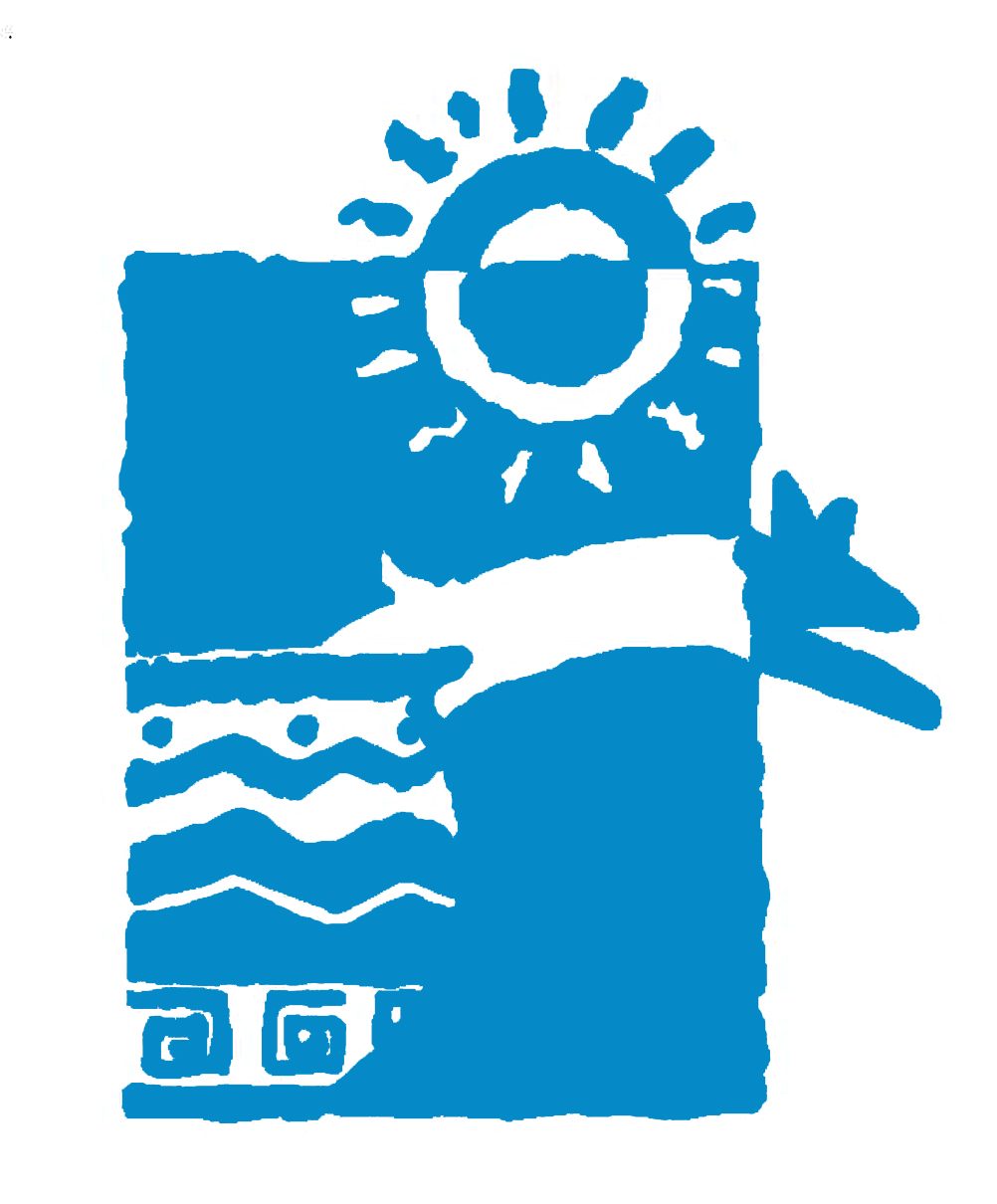(Phoenix, Arizona – September 10, 2012) – The Arizona State Parks department is responsible for writing Arizona’s Statewide Outdoor Recreation Plan (SCORP) every five years. This plan sets the evaluation criteria to allocate the Federal Land and Water Conservation Fund grants, along with other applicable grant programs consistent with the state’s outdoor recreation priorities as identified by public participants in the research. This policy plan is now available online in a draft format for public review at AZStateParks.com/SCORP and will be available for comment through October 7, 2012. The final plan will be implemented starting January 1, 2013.
Citizens interested in outdoor recreation in Arizona have participated with State Parks staff in the collection of recreation data since last May to build this first draft of the 2012 Statewide Comprehensive Outdoor Recreation Plan (SCORP). For more than 47 years, this offshore oil and gas leasing revenue fund, passed by Congress in 1965, has been used to plan, develop and expand outdoor recreation throughout America.
Arizona has received $60 million dollars from this fund toward the enhancement of outdoor recreation for Arizona communities and those monies were distributed through 728 grants administered by State Parks.
Arizona State Parks is committed to preparing a highly integrated outdoor recreation system for the future. This plan balances the recreational use and protection of natural and cultural resources. It also strengthens the awareness of the public between outdoor recreation with health benefits while also producing opportunities to enhance the economies and quality of life for residents. Recreation managers of cities, counties, the state and Federal government organizations in Arizona use this information for more specific recreation planning and budgeting. The plan also offers leadership opportunities to make decisions about the State’s enhancement of outdoor recreation sites, programs and infrastructure.
2013 Statewide Comprehensive Outdoor Recreation Plan (SCORP)
The 2013 SCORP Planning Process
Arizona State Parks is responsible for completing a Statewide Comprehensive Outdoor Recreation Plan (SCORP) every five years. The 2008 SCORP was a comprehensive report that included partnering with Arizona State University to conduct a statewide telephone survey of households. The 2013 SCORP is a targeted update to the 2008 SCORP to address the unique changes and challenges of the past five years.
Oversight, direction and input for the SCORP 2013 comes from a SCORP Work Group consisting of outdoor recreation professionals from a variety of organizations across the state. As part of the 2013 SCORP two online surveys were available beginning May 1, 2013 through May 31, 2012, one for Outdoor Recreation Providers, another to members of the public who had signed up for outdoor recreation agency list serves, email lists, newsletters and other constituents. In addition, a press release was sent out about the public survey, and the information was also made available on websites for those who were looking for outdoor recreation opportunities in Arizona on multiple agencies’ websites.
Tell us what you think!
This updated draft report contains a review of research related to outdoor recreation trends and issues, survey results from both the Outdoor Recreation Providers and Involved Recreation User surveys, indicating their opinions, preferences and outdoor recreation needs. Survey results are used to identify changes in outdoor recreation experiences during the last five years, and to identify primary outdoor recreation issues that need to be addressed statewide. This will enable public land agencies to improve your outdoor recreation experience by allocating scarce resources to issues that are most important to you. We would love to hear what you think. Please look at the document and send us your comments! Comments are due by October 7, 2012.
Download 2013 SCORP Draft Plan Document (![]() 3 MB PDF)
3 MB PDF)
Download 2013 SCORP Draft Plan Supplement: Tourism & Outdoor Recreation (![]() 400 KB PDF)
400 KB PDF)
Download 2013 SCORP Draft Plan: Appendices & High Resolution Maps (33 MB PDF)
Submit Comments By Email
If, after reviewing the document you would like to submit public comments, or suggestions to be incorporated into the final SCORP document you can email feedback to: SCORP2013@azstateparks.gov
Submit Comments By Mail
If you would rather submit your comments or suggestions via mail, please send feedback to:
Arizona State Parks
ATTN: SCORP
1300 W. Washington St.
Phoenix, AZ 85007
If you would like Arizona State Parks staff to send you a paper copy of the draft plan to review, you can call (602) 542-4174 to request a copy. The Final 2013 SCORP will be available in January 2013.
